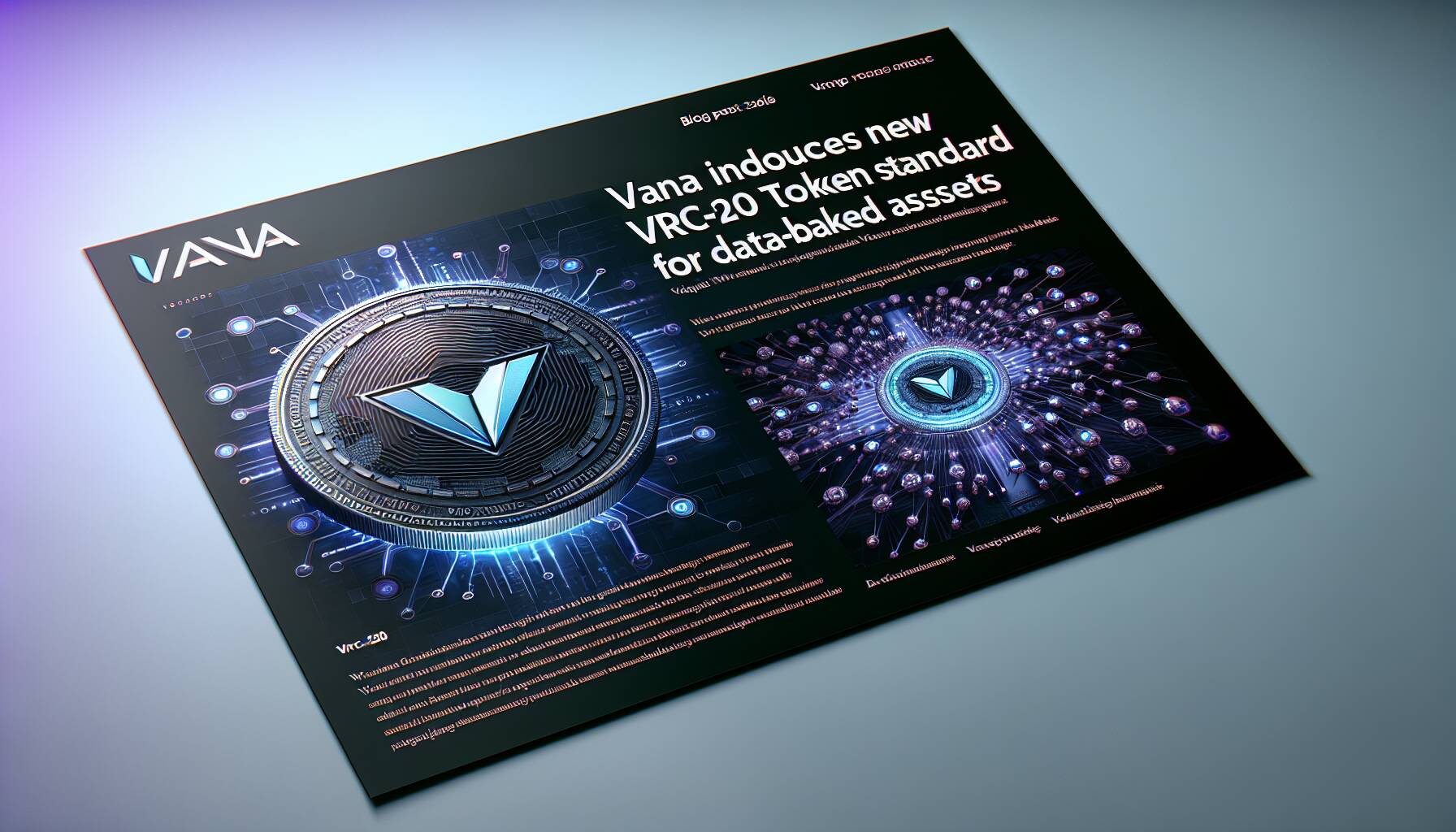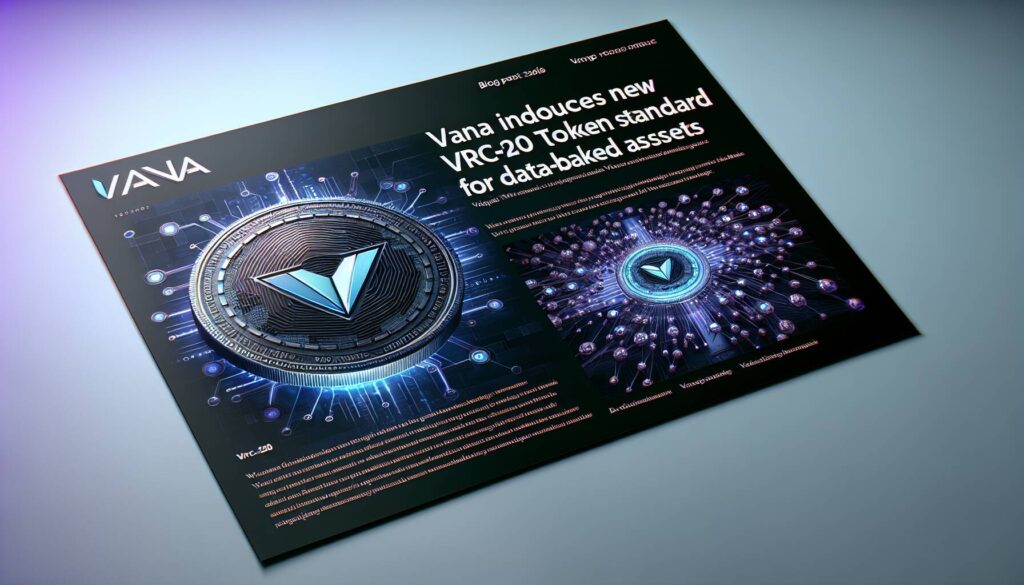In an exciting development for the world of cryptocurrency, Vana has introduced a new token standard called VRC-20, aimed at enhancing trust and transparency among data-backed digital assets. Building on the well-known ERC-20 framework, VRC-20 is designed to ensure that tokens representing personal data on Vana’s innovative blockchain can seamlessly interact with other tokens and applications, offering increased reliability in the market.
“For data markets to work, tokens must be reliable, secure, and useful,”
Vana emphasized on X, further highlighting the necessity for a universal standard that fosters fair and transparent trading of data tokens. This cutting-edge technology is particularly noteworthy as it connects digital tokens directly to real-world data utility, bolstering their practicality in applications such as AI model training.
With the official launch of its mainnet in December and an impressive enrollment of over 12 million data points through various decentralized DataDAOs, Vana has proven there is a strong appetite for user-owned data in the crypto space. Users can now engage in decentralized marketplaces, or Data Liquidity Pools, where their data can be tokenized and utilized efficiently.
“This isn’t speculation. This is real financialization of data,”
Vana’s announcement this week also outlined strategic updates to its protocol, including a shift from VANA emissions as DataDAO incentives to the new VRC-20-compliant tokens, which are essential for receiving liquidity support. Additionally, Vana introduced a data validator staking mechanism, allowing VANA holders to lock their coins in validators instead of individual DataDAOs. This innovative approach ties rewards directly to network security and usage, ensuring that stakers benefit based on their contributions to the network’s reliability.
As of the latest updates, VANA has seen fluctuations in its trading price, recently pegged at .58, a dip from its higher price of .78. This evolution within Vana’s ecosystem showcases not only the fast-paced nature of cryptocurrency markets but also the ongoing developments that continue to shape the industry.

Emergence of VRC-20: A New Era for Data-Backed Tokens
The introduction of the VRC-20 token standard by Vana represents a significant development in the world of data-backed digital assets, enhancing how users can monetize their personal data. Here are the key points:
- Introduction of VRC-20 Standard:
- Designed for data-backed tokens, ensuring compatibility and interaction within blockchain networks.
- Promotes trust and transparency in data token trading.
- Significant Features of VRC-20:
- Ensures fixed supply, governance, and liquidity rules.
- Ties tokens to actual data utility for enhanced reliability.
- Encourages continuous liquidity through rewards, contributing to market stability.
- Impact on Data Liquidity Pools (DataDAOs):
- Facilitates decentralized marketplaces for tokenized data used in applications like AI training.
- Enables users to monetize personal data efficiently, reflecting strong demand in the market.
- VANA Token Dynamics:
- Recent price fluctuations influenced by market dynamics (e.g., .58 down from .78).
- VANA emissions replaced by VRC-20-compliant tokens to receive liquidity support.
- Innovative Staking Model:
- Data validator staking allows VANA holders to participate in network security.
- Rewards linked to network utility and reliability rather than idle staking, enhancing user engagement.
“This isn’t speculation. This is real financialization of data.” – Vana
Exploring the Emergence of VRC-20: A New Standard for Data-Backed Tokens
In the volatile world of cryptocurrency, every new standard or protocol introduces both opportunities and challenges. The recent introduction of the VRC-20 token standard by Vana presents itself as a significant player in the blockchain space, particularly for data-backed digital assets. While the ERC-20 standard has paved the way for token interoperability on Ethereum, VRC-20 aims to do the same for data monetization, promising reliable and transparent trading in the burgeoning market for user-generated data.
Competitive Advantages
One of the standout features of the VRC-20 standard is its alignment with user ownership and control over personal data. By bundling data into DataDAOs, Vana provides a mechanism for users to not just contribute their data but to receive fair compensation. This is particularly appealing in an era where data privacy is a growing concern. Furthermore, the built-in criteria for governance and liquidity enhance the standard’s appeal, establishing a framework to ensure stability and reliability—factors that are paramount in fostering user trust and encouraging widespread adoption.
Additionally, the integration of data validator staking means that VANA holders can earn rewards tied to real-time network utility, effectively bridging the gap between passive holding and active participation. This innovative mechanism potentially differentiates Vana from other blockchain projects, as it doesn’t just focus on speculative trading, but rather ties earnings to network security and actual data availability.
Disadvantages and Challenges
Potential Beneficiaries and Those Affected
















